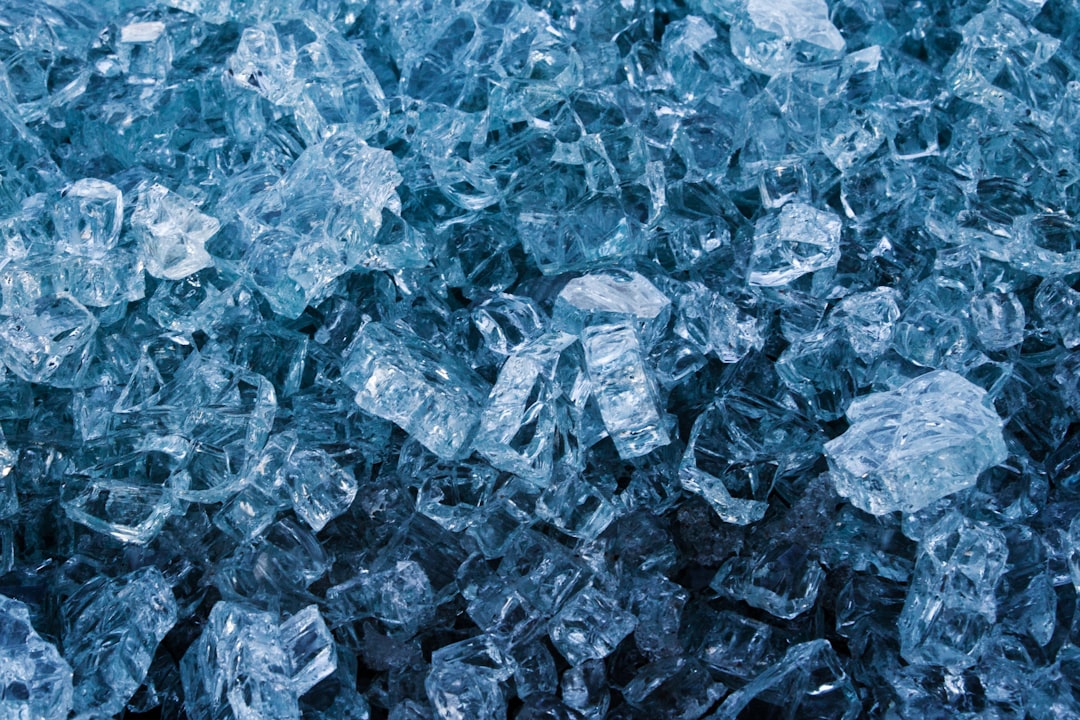Once considered an extreme method used by professional athletes, ICE baths have gained popularity as a recovery tool among the general population. But what is the science behind ICE baths and why do they work?
An ICE bath is a technique where a person immerses their body in cold water, typically around 50 to 59 degrees Fahrenheit, for a certain period of time, usually between 10 to 20 minutes. The process is believed to help reduce inflammation, muscle soreness, and aid in faster recovery after intense physical activity.
One of the main reasons why ICE baths are effective is due to a process called vasoconstriction. When the body is exposed to cold temperatures, the blood vessels constrict, reducing blood flow to the muscles and tissues. This decrease in blood flow helps to reduce swelling and inflammation, which can be beneficial for speeding up the recovery process after strenuous exercise.
Another way ICE baths work is by causing a decrease in metabolic activity. When the body is exposed to cold temperatures, the metabolic rate slows down to preserve energy and maintain body temperature. This decrease in metabolic activity can help to reduce muscle fatigue and soreness, allowing the body to recover faster.
Additionally, ICE baths can also help to numb the nerves, reducing pain sensations and allowing individuals to tolerate discomfort better. This can be especially beneficial for athletes who may need to push through pain during their training sessions or competitions.
Furthermore, ICE baths have been shown to have a positive effect on the immune system. Cold exposure has been found to increase the production of white blood cells, which are responsible for fighting off infections and diseases. By boosting the immune system, ICE baths can help individuals stay healthy and recover quicker from physical exertion.
It’s important to note that ICE baths should be used with caution, as prolonged exposure to cold temperatures can have negative effects on the body. Individuals with certain medical conditions such as Raynaud’s disease or hypertension should consult with a healthcare provider before trying ICE baths.
In conclusion, ICE baths are an effective recovery tool that work by reducing inflammation, muscle soreness, and aiding in faster recovery after intense physical activity. The science behind ICE baths lies in the process of vasoconstriction, decreased metabolic activity, nerve numbing, and immune system boosting. When done correctly and safely, ICE baths can be a valuable addition to an individual’s recovery routine.


